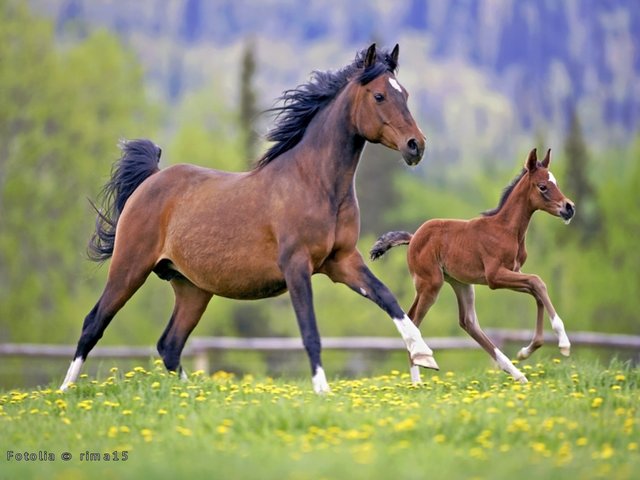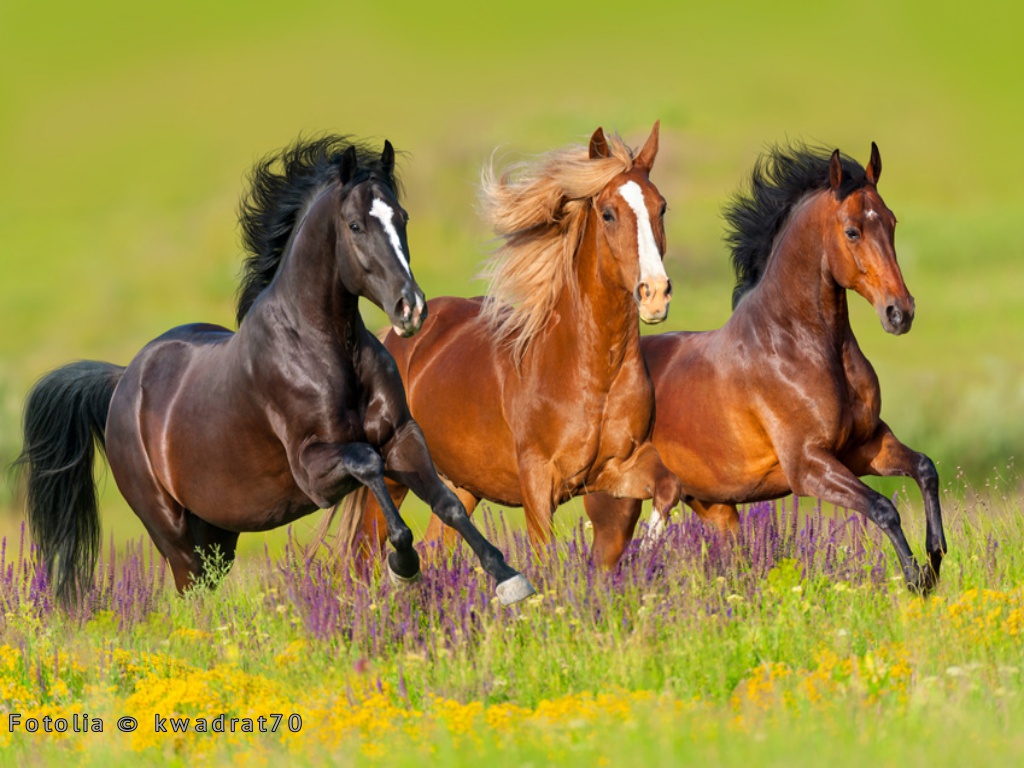Horse Keeping in the USA
Horses have been part of our societies far before the advent of automobiles. About 6,000 years ago the world was transformed by the domestication of horses. Its speed and power gave man a new approach to the world. Tribes were unified into empires, distance travel became feasible, cultures and languages raced around the known world. In the USA horses were being introduced back in the 16th century. Horses are used for number of purposes like herding, chariot, cavalry, agriculture, and leisure (racing/ riding). Pet ownership in the USA has grown by great numbers in the last decade but that’s not the case with horse ownership, even though the initial costs are not that high but keeping/managing costs are to blame here.
In total USA homes around 9.2 million horses. If break down the numbers by the utilization of those horses then about 3.91 million are used for recreation, 2.72 million are used for showing, 8 million are used for racing in different states and 1.75 million are used for other different purposes. On the other hand if we break down the numbers by breed of the horses then there are 3.10 million American Quarter Horse , 1.29 million Thoroughbred and 4.64 million (Arabian, Appaloosa, Morgan , Tennessee Walking Horse ,Saddle-bred , Standard-bred).In USA the population of horses in different states varies depending on the living cost and climate of that state.
Texas secures the first place with a 1 billion horse population. It is horse country simply because Texans love their horses. The best countryside for raising horses lies in north Texas where rolling pastureland emergent from a cushion of treasured sandy loam soil supports a profusion of farms with a focus in specializations like equine suppliers, breeders, horse care, and professional training.
California secures the second place with a 7 million horse population. It has mountains, beaches, forests, and the entire riding terrain perfect for horses. But the lack of water and the abundance of wildfires, mudslides, earthquakes and ridiculously expensive cost of living are some problems that are causing decrease in horse culture in California for the past few years.
Florida secures the third place with a 5 million horse population. Equine hubs like Ocala and Wellington ensure you find a more vibrant horse culture. Every year from January to April, a wave of over 2 million visitors comes down on Wellington for its Winter Equestrian Festival. The town has become a winter paradise of wealth, filled with Polo shirts. This festival attracts more than 2 million visitors and more than 2 thousand riders from over 40 states and 30 countries. Even though Florida is best place for a horse person you still need to watch out as the horse keeping costs here are high because of being such a huge horse lovers attraction.
Oklahoma secures the fourth place with a 3 million 26 thousand horse population. In Oklahoma horses were firs used mainly in agriculture purposes by the natives but later on horse racing also started. Horse racing has always been all the rage in Oklahoma. Its attraction was palpable from the early statehood years, a period when local, county, and state fairs highly advertised racing as a major event. As a native economic activity racing expanded greatly in the last half of the twentieth century as the racehorse training industry developed. By the year 1993 horse racing contributed more than 51 million dollars to the state's economy and employed 5 thousand persons.
Kentucky secures the fifth place with a 3 million 20 thousand horse population. Kentucky is inarguably considered some of the greatest horse land in the USA. Kentucky’s bluegrass is famous for a reason and it’s the global epicenter of the thoroughbred industry. Most people are horse owner, so there are reservoirs of horse knowledge everywhere you go. Nearby states are also considered an acceptable alternative to Kentucky.
Ohio secures the sixth place with a 3 million 7 thousand horse population. Besides having a lot of horses in Geauga, there is a terrific wealth of knowledge and experience in the area and a tradition of widespread dedication to a culture that goes back thousands of years. Nothing beats Ohio for that old timey new England horse experience. It has got best scenery in the summer and fall, pictorial barns and plenty of horse people all over the region.
Missouri secures the seventh place with a 2 million 81 thousand horse population. It is known for its good pasture, cheap land and friendly people. But the cause of concern here are the tornados which can up root you and your stable/barn. So you have to utilize your risk analysis and destruction management skills in advance to stay safe. The good news here is that winter season is not too harsh like some other state. All in all it’s a better place as living here won’t burn a hole in your pocket.
North Carolina secures the eight place with a 2 million 56 thousand horse population. It has an horse industry valued at more than 500 million dollars annually. Although issues like loss of area from growth in horse population, zoning laws preventing horse ownership, and waste disposal tribulations in urban areas affect the industry but still horses remain a essential part of North Carolina's economy and culture.
Colorado secures the ninth place with a 2 million 55 thousand horse population. Its desert and mountains offer some of the most unique biomes in the world. The cost of water will be inflated, and there are rattlesnakes. Horse keeping in Colorado is an adventure of its own so you have to plan accordingly.
Pennsylvania secures the tenth place with a 2 million 50 thousand horse population. Pennsylvania homes many of the country’s oldest and most prestigious horse events. Most of the most successful horses in competition and racing both historically and today are Pennsylvania bred. Pennsylvania’s huge Amish settlements still use horses for daily transportation and farming. While much of production agriculture is unprofitable, the horse industry is thriving. Thousands of horse shows and events take place across the state each year. Among them are many of the country’s most important equestrian competitions at which the best horses and riders from across the US and other nations compete. These competitors bring hundreds of millions of dollars into local economies as thousands of competitors, families and support staffs spend money at hotels, restaurants, and shops. Horses help Pennsylvanians in many other ways. Therapeutic riding programs are a ray of hope as well as valuable therapy for thousands of children and adults with disabilities. The Pennsylvania horse industry is important to economic development, farmland defense, and an improved quality of life for all people.
Views of people differ when it comes to the horse industry in USA. People are divided in 2 groups half of them claim that this industry is flourishing and vice versa. With the advancement of technology and availability of huge options the youth is mostly deviating away from this culture. Although horses contribute to economy of different sates all over USA, there are also issues that need to be talked about. Horses across the country can be found living entirely antithetical existence tethered without sustenance amid junk and clutter; shut away perpetually in dark barns; swaddled in blankets inside opulent, heated stables; striving all day in harness, then standing in narrow tie stalls. But these are the extremes in an equine population that usually gets at least a taste of the natural way for part of each day.
Unwanted horses which are no longer wanted by their current owner because they are old, injured, sick, unmanageable, or fail to meet their owner’s expectations. According to a survey in 2007 around 1 million 70 thousand horses were marked as unwanted. Major horse welfare issues begins with stemming the number of these unwanted horses, many of which wind up overpopulating rescues, being shipped to slaughterhouses, or abandoned to fend for themselves. This issue can be resolved to some extent by reopening of U.S. processing plants, educating owners to breed, purchase, & own responsibly, increasing ability of private retirement facilities to care for unwanted horses, increasing options and resources to euthanize and dispose of unwanted horses.
The other most important issue is the medication/drugs given to horses in races to perform better which end up in their breakdown or death. In March of the year 2005 four veterinarians were charged with administering drugs to Thoroughbred race horses within 24 hours of when the horses were entered to race at the Penn. This issue can be resolved by uniform medication rules, uniform testing procedures by RMTC Certified labs, strict punishment for repeat offenses or prohibited substances, allowing Salix on race day, medication for EIPH.
With twenty-seven U.S. university veterinary clinics and numerous privately owned equine hospitals operating in the country, plus several thousand practitioners specializing in the species, diagnosis and treatment practically as sophisticated as those of their human counterparts are available for horses everywhere, if their owners care to seek them out and pay for them. U.S. horses don’t die en masse from plagues, thanks to research attention paid to equine diseases, primarily those also affecting human beings and those with significant economic implications, and strict monitoring of animal health status. Equine infectious anemia (EIA), a bloodborne disease with some similarity to AIDS in its mechanism and resilience, caused several large fatal outbreaks in the
United States in the middle of the twentieth century. A more positive approach to horse health occurs when new disease threats receive rapid responses in prevention. When Potomac horse fever, a severe diarrhea condition with often fatal secondary effects, was first recognized in central Maryland about twenty-five years ago, the veterinary establishment saw only variations of already named conditions. Only with great pressure from frightened and frustrated horse owners did the scientific community begin to study the disease for cause and treatment. The cause is still not entirely understood, but the infection was eventually recognized to be a national problem, and a vaccine was developed several years after the outbreaks began.
Thanks to the graphic artist and Fotolia for providing the pictures.
picture 1 © rima15
picture 2 © kwadrat70


Beeindruckende Zahlen
@netti19602 Vielen herzlichen Dank für den Kommentar.
meep